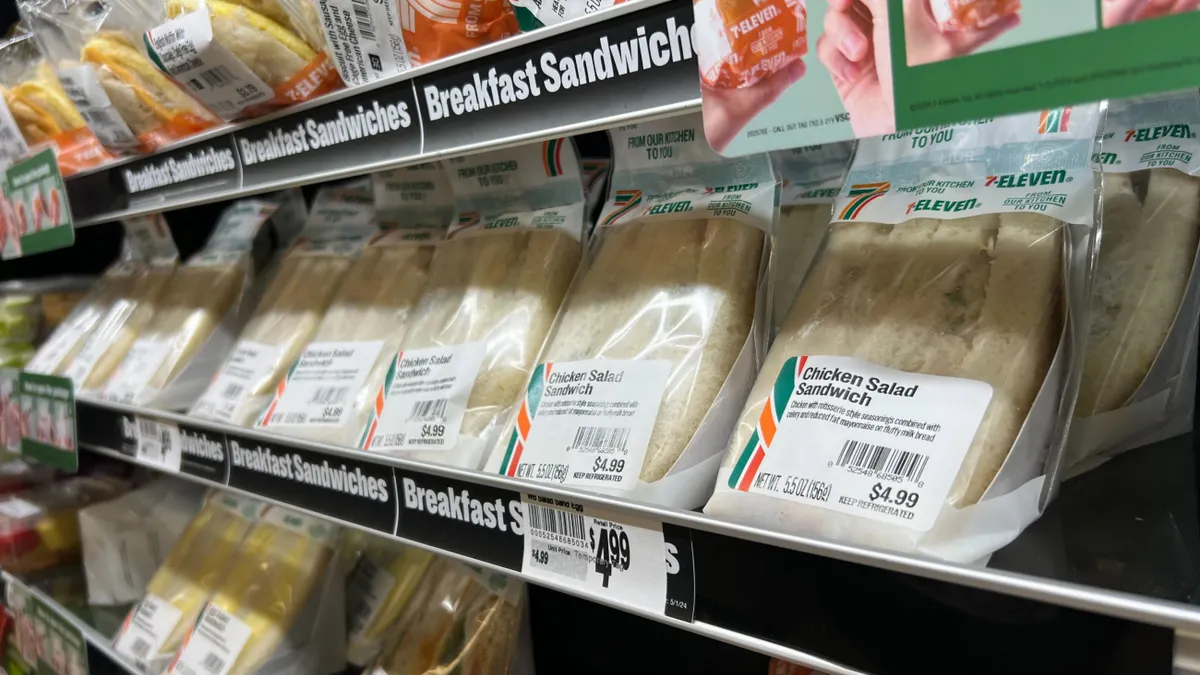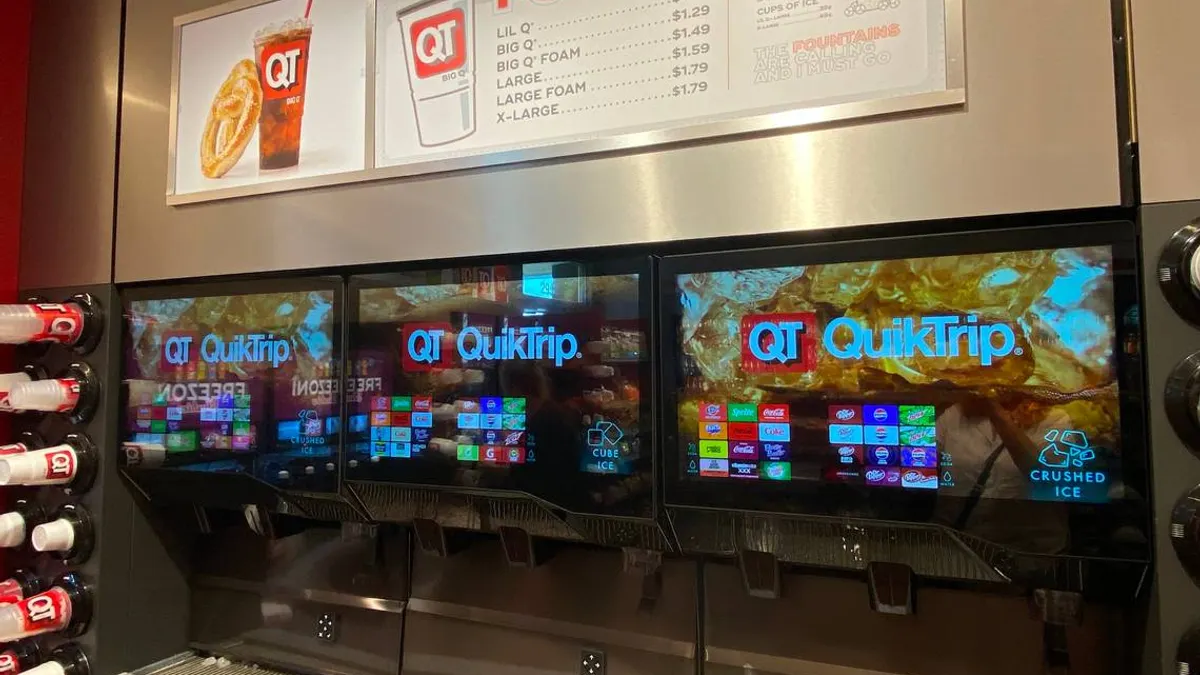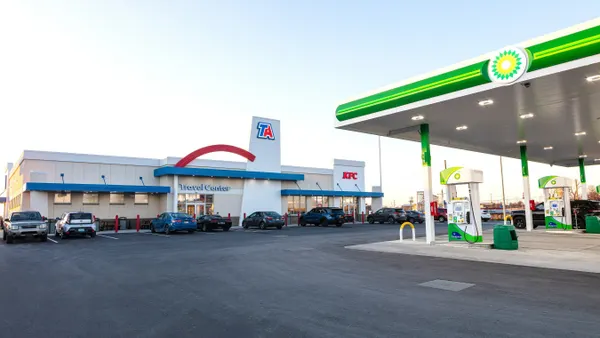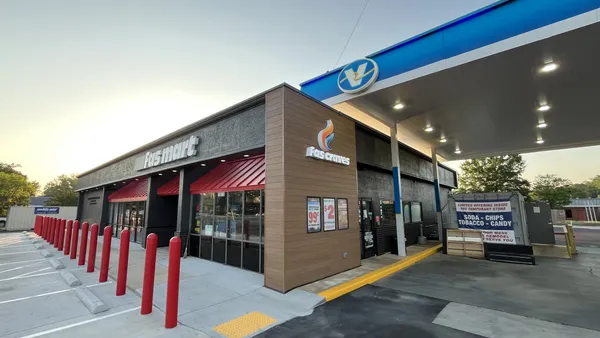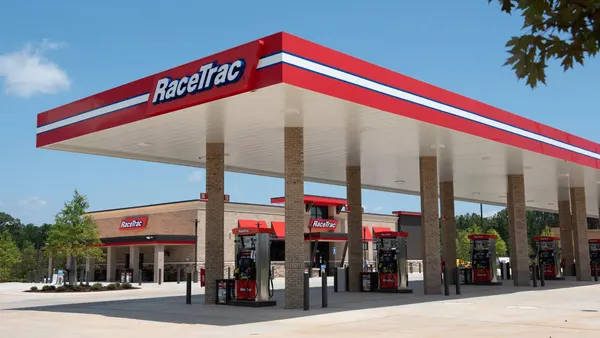3 Big Numbers is a weekly column that looks at a few key details from around the c-store industry.
Inventory management is one of the basic operations that retailers have to deal with day in and day out — and as a session at the 2025 NACS Show pointed out, improving efficiency in this area can bring tangible benefits.
Jhaddaka Leverette, retail analyst and IT manager for Prince Oil, and Fidaa Mohrez, senior director of operational systems for H&S Energy Group, shared challenges in operations and how small changes can have big results.
In this week’s “3 Big Numbers,” we look at some of Leverette and Mohrez’s insights on what’s worked for their companies.
$1.77 trillion
The estimated retail losses from inventory distortion globally in 2023.
Inventory distortion is the financial impact of having the wrong amount of stock on hand — and it can have a big impact. A study by research and advisory firm IHL Group found that running out of in-demand items or stocking too much of a low demand item cost retailers about $1.77 trillion in 2023.
It’s easy to see the problem with understocking. You can’t sell goods you don’t have, and if a customer is after a particular product, the losses may go beyond that one item.
“If you don't have Marlboro Red in the morning, the customer who buys Marlboro Red every day will go to the store across the street, get the coffee, get the gas and get the car wash,” said Mohrez.
While problems with stocking too much of one item might not be as immediate, they can be no less troublesome.
“Overstock is money. Money that is just sitting there,” said Leverette. “If it's not on your shelf, you can't sell it.”
17.2%
The percentage of food waste that came from foodservice in 2023.
Overstocking and understocking is also a problem for foodservice programs. But these programs are also more likely to run into another management problem: preparing too much instead of saving ingredients for another day. According to a study from food waste nonprofit ReFed, 17.2% of food waste in the U.S comes from foodservice programs at restaurants, c-stores and other outlets.
Prince Oil, which operates about a dozen c-stores across Mississippi, was running into exactly that problem at certain locations.
“We noticed at one location that at six o'clock … they would have a case full of chicken, a case full of fries,” said Leverette. “But the rush hour ended at three. So where is all of this food doing here? And why did you cook so much?”
She said that the company implemented a system through which each store had to more regularly report inventory and spoilage. This helped the company zero in on the problem and empowered managers to pull back.
39%
The percentage of retailers using AI for inventory management.
Technology like AI can help address a lot of problems with inventory management by removing human error from the process. A survey from AI computing firm NVIDIA earlier this year found that about 39% of businesses are already using AI in some form for inventory management.
But if you can’t spring for the technological solution, Leverette recommended leaning on the experience of the best performers in a retailer’s footprint.
“If you have a seasoned manager … they know what's selling and what’s not selling,” said Leverette. So if a vendor is pushing the company to purchase a certain amount of product, Prince Oil gives some managers the ability to push back.
“That manager knows they're not going to sell through that because they know that that traffic is not coming in at the pace that their vendor thinks it is,” noted Leverette



